8 iconic NYC venues still hosting live music
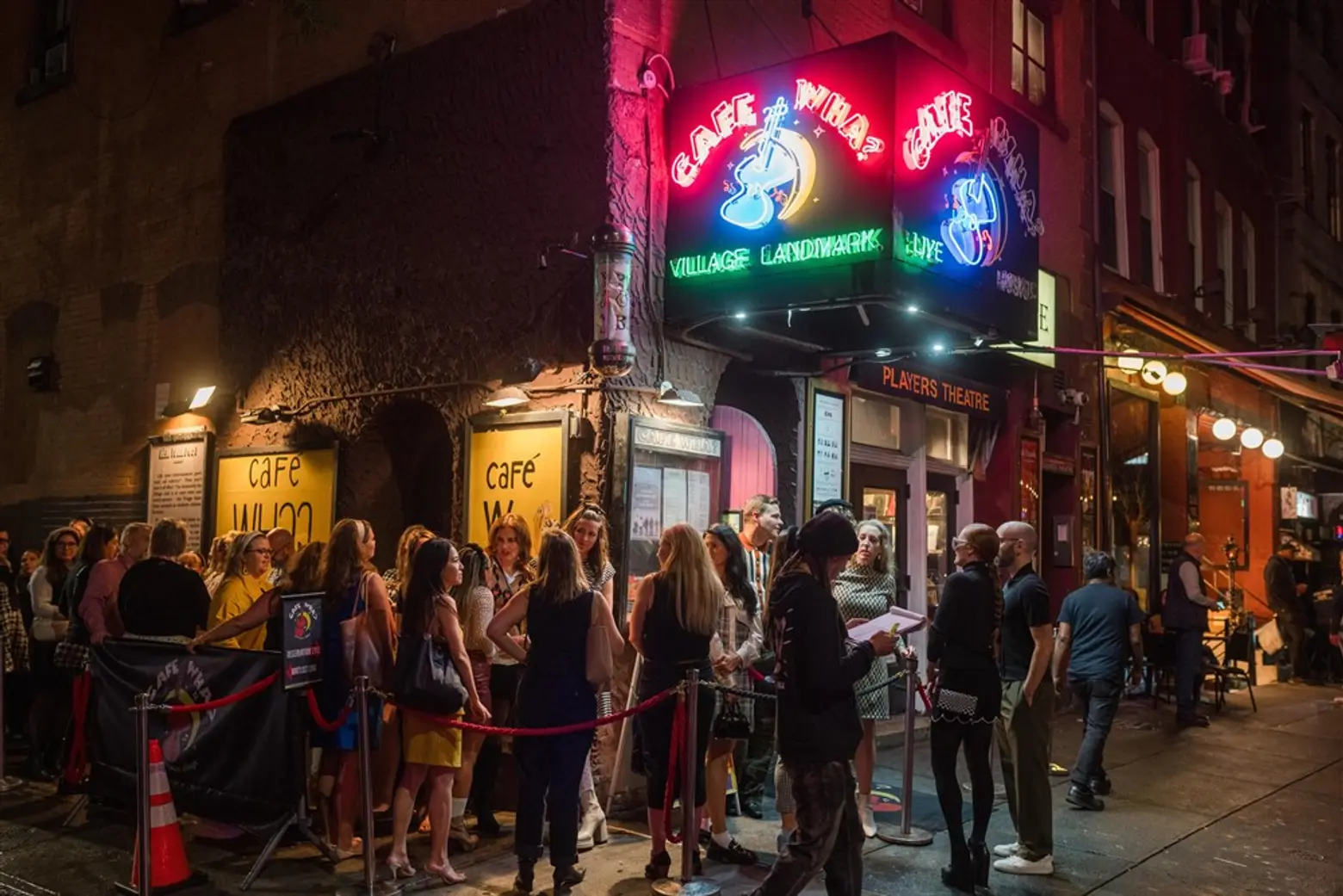
Cafe Wha? Photo by Meredith Ryncarz
Live music has always been an integral part of New York City’s identity, with many of the last century’s cultural movements taking root in the basements and stages of iconic music venues. While a lot of these historic spots have disappeared, a few continue to host live performances today. Ahead, we dive into the best music venues in NYC that are still rocking, from the recently restored Brooklyn Paramount to iconic places like Cafe Wha? and the Bitter End in Greenwich Village, where legendary performers like Bob Dylan and Jimi Hendrix got their start.
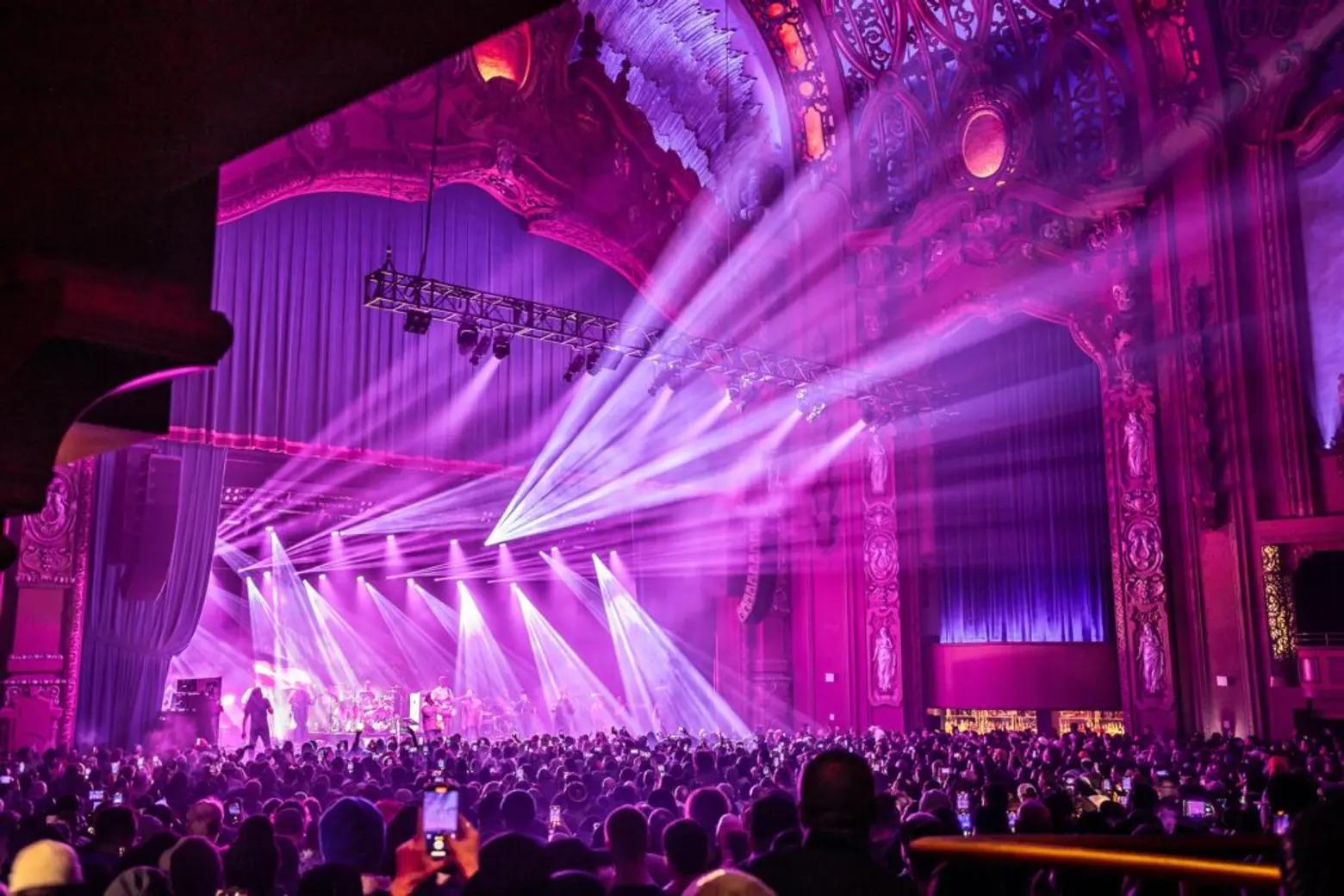
Brooklyn Paramount
385 Flatbush Avenue, Fort Greene, Brooklyn
When it first opened on November 24, 1928, the Brooklyn Paramount introduced New Yorkers to a new, elevated level of entertainment. Designed by Rapp and Rapp, the opulent theater, celebrated for its stunning Rococo ceiling and Baroque interior, originally functioned as a movie theater and live music venue.
While the theater is best known for hosting famous rock acts, the Paramount played a pivotal role in introducing jazz to Brooklyn, paving the way for genres like R&B, doo-wop, and soul. During its heyday, the venue hosted legendary artists such as Ella Fitzgerald, Frank Sinatra, Miles Davis, Duke Ellington, and countless other culturally defining acts.
In the 1950s, the Paramount broke barriers by hosting trailblazing Black rock ‘n’ roll musicians for desegregated audiences, continuing its trend of pushing the boundaries of entertainment, according to its website.
However, after being taken over by Long Island University in the 1960s, the former music hall was converted into a gymnasium, and its grandeur gradually deteriorated over the decades.
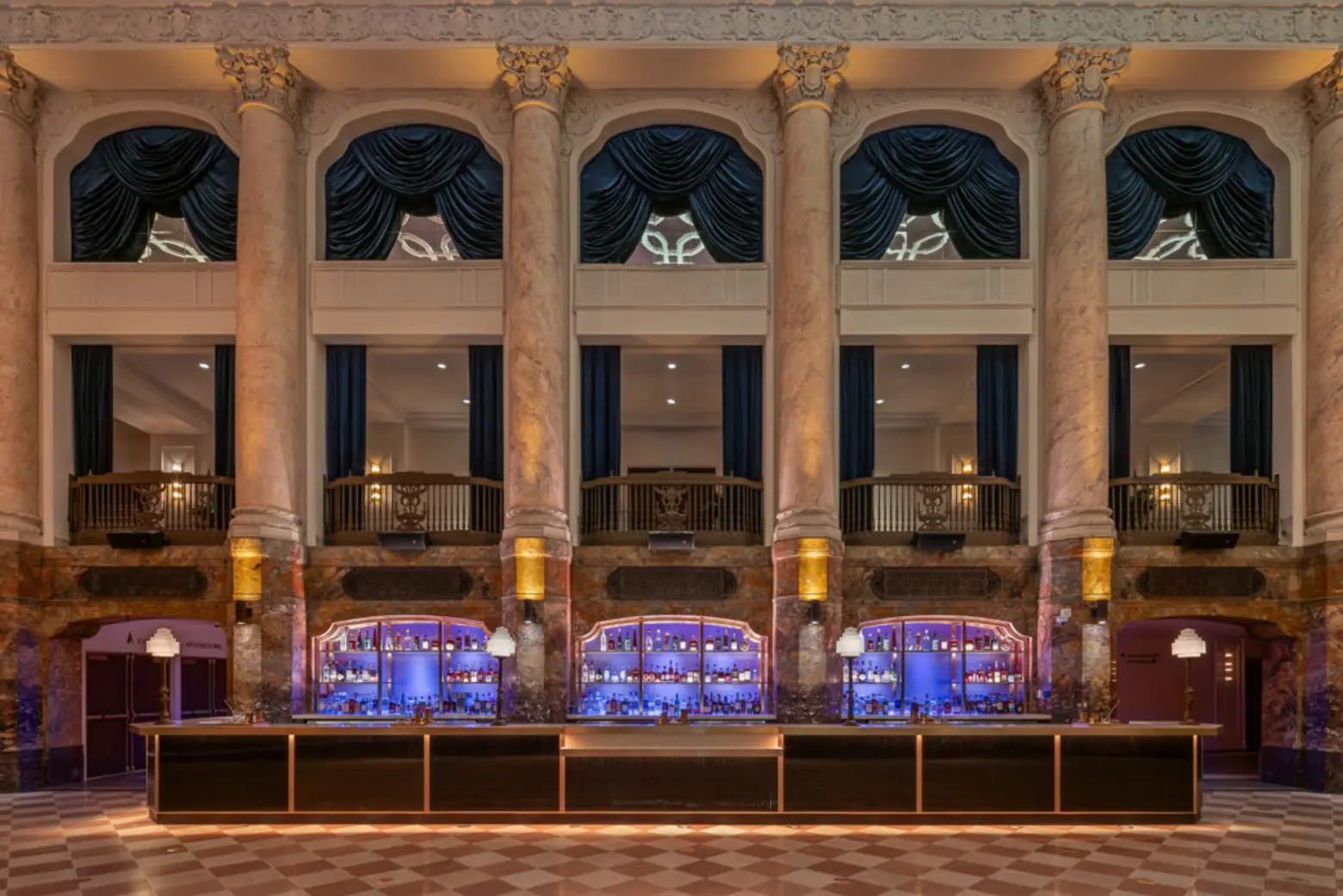
After a multi-million dollar restoration that modernized the venue while preserving its opulent latticework ceiling, statues, and other striking architectural features, the theater reopened in March with the first live performances at the venue in six decades. Find more about upcoming shows at the Paramount here.
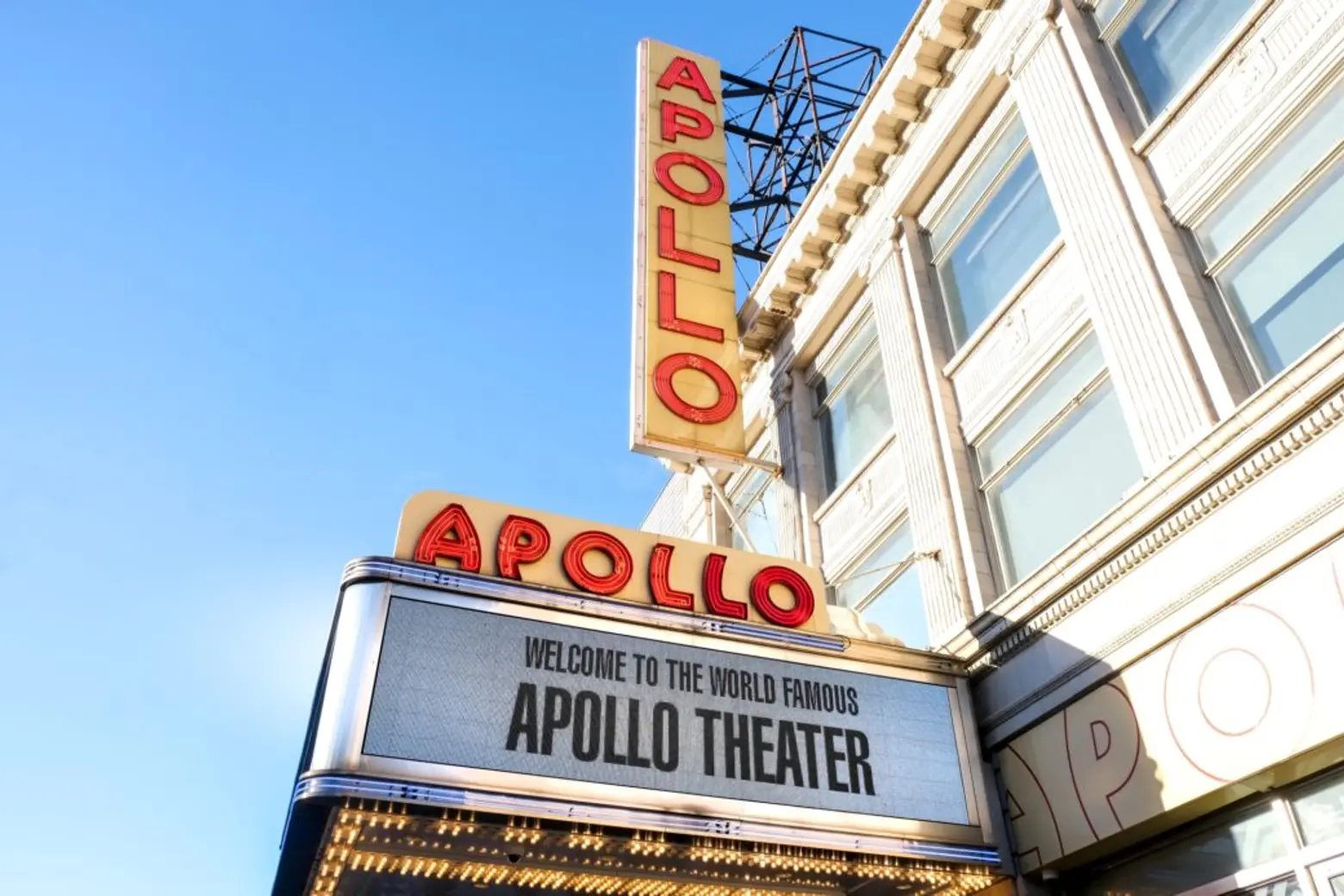
Apollo Theater
235 West 125th Street, Harlem, Manhattan
For 90 years, Harlem’s Apollo Theater has been a cornerstone of Black culture, creativity, and community. Originally opened in 1913 as a burlesque venue for white patrons, the Apollo underwent a transformative change in 1934 under new management. The theater became a stage for Black performers, showcasing artists who played pivotal roles in shaping American musical movements but were overshadowed due to racism.
The Apollo is perhaps best known for its Amateur Night, a long-running talent competition at the theater that began in 1934 and quickly became its defining event. The competition offers performers the chance to showcase their talents in front of a live audience—a crowd known for its enthusiastic support of great performances and brutal honesty when expectations are not met.
This competitive atmosphere has been instrumental in launching the careers of many legendary artists. Some of the artists who gained recognition during Amateur Night at the Apollo include pioneering jazz singer Ella Fitzgerald, James Brown before he was the “Godfather of Soul,” and the Jackson Five.
“Since its introduction in 1934, Amateur Night at The Apollo has helped performers reach their full potential and shaped the discovery of new talent by providing a platform for emerging artists like no other,” a spokesperson for the Apollo told 6sqft.
“The Amateur Night stage is and always has been one of equal opportunity, where there are no barriers to entry and performers succeed based on talent alone. Amateur Night also creates a direct connection between artist and audience, putting the fate of artists in the hands of the famed Apollo audience and turning passive spectators into passionate and engaged participants.”
Today, the Amateur Night continues to find new talent, including the “likes of Lauryn Hill, Machine Gun Kelly, and H.E.R.,” according to the theater. Explore upcoming events here and share in the magic of the historic venue.

Kings Theatre
1027 Flatbush Avenue, Flatbush, Brooklyn
Designed by architectural firm Rapp and Rapp, the opulent Kings Theater in Brooklyn stands out for its striking ornate details, including its opulent ceiling, chandeliers, velvet seating, and large stage that has hosted some of the world’s biggest performers.
Kings Theatre was constructed in 1929 as one of the five original Loew’s Wonder Theatres, built by the film company to establish its prominence in the film world and expand accessibility to cinema during national tragedies like the Great Depression. The venue first served as a movie palace and destination for vaudeville but closed down in 1979 and sat unused for decades.
After undergoing a comprehensive renovation in 2013 and being restored to its former glory, the theater reopened in 2015 with a performance by Diana Ross. Once again a hub of live entertainment, the theater hosts live music, comedy, film screenings, and more. Learn more about upcoming shows at Kings Theater here.
For those who want to explore the inside of Kings Theatre, guests can attend 75-minute historic guided tours of the venue to uncover secrets and learn interesting stories from its past. You can learn more about the tours here.

Cafe Wha?
115 MacDougal Street, Greenwich Village, Manhattan
On just his first day in the city after hitchhiking from Minnesota, 19-year-old Bob Dylan wandered into Cafe Wha? and asked owner Manny Roth if he could perform a few songs. That night happened to be “hootenanny” night, an improvisatory folk jam session.
Luckily for Dylan, Roth agreed, and the rest is history. As hordes of young artists flocked to Lower Manhattan to make a name for themselves, the art scene blossomed in the folk clubs and coffee shops around the Village, particularly at Cafe Wha?
During its peak, the venue hosted young musicians like Jimi Hendrix and Bruce Springsteen, and up-and-coming comedians like Richard Pryor and Lenny Bruce. It was at the Wha? that Hendrix was discovered by Chas Chandler, the bassist for the Animals, who convinced him to move to England to promote his career, according to Rolling Stone.
The venue is characterized by its dimly lit, cavern-like ambiance, with low ceilings and a wide dining space. Today, the Wha? hosts a variety of performers, including emerging acts and internationally renowned artists. The cafe’s house band, dubbed the “Best Damn Band in New York City,” performs Thursdays through Sundays.
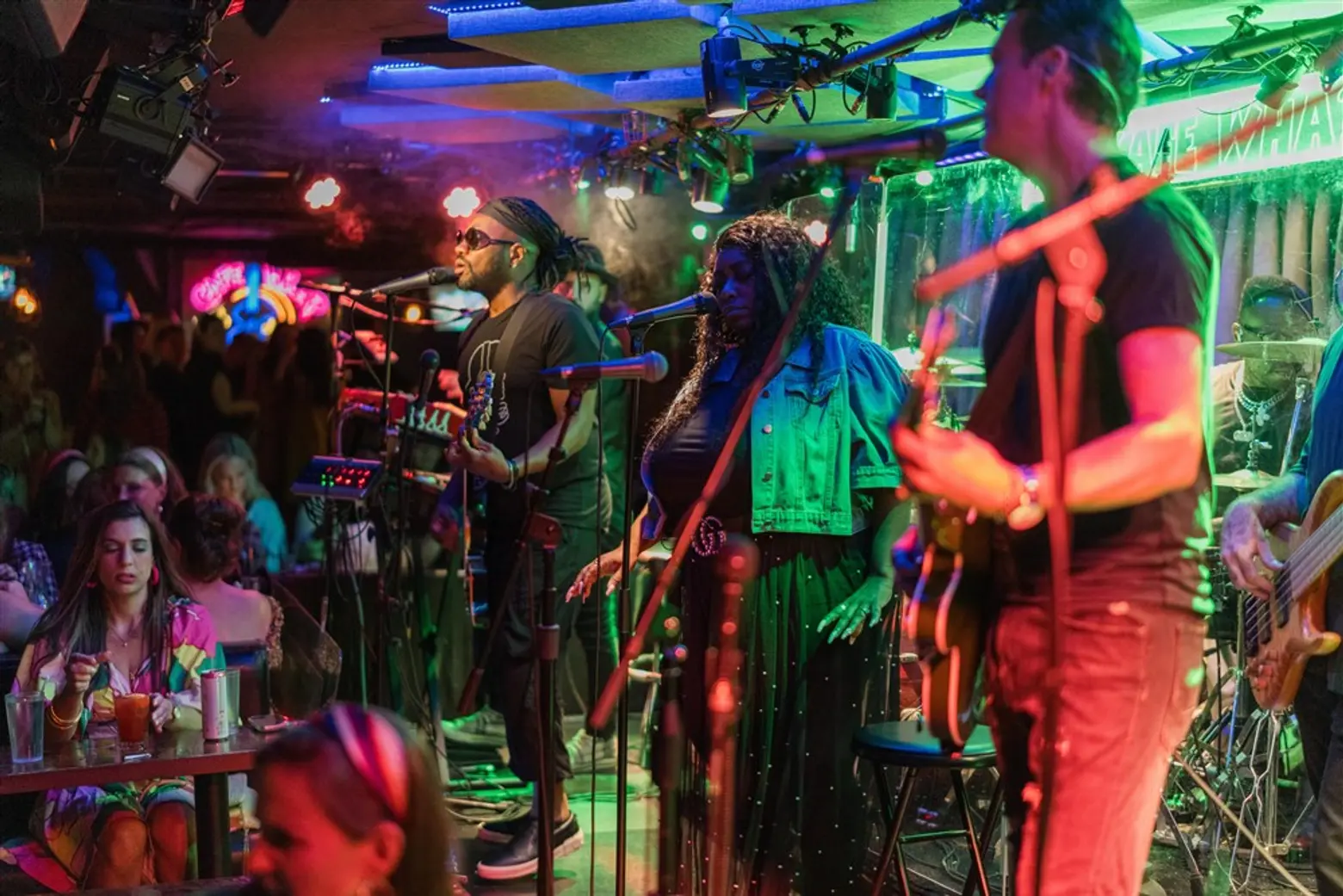
To gain more insight into Cafe Wha?’s evolution over the years, 6sqft spoke with Hap Pardo, the director of musical operations at the storied venue.
How has the atmosphere and vibe of Cafe Wha? changed since its early days?
Hap Pardo: I would say quite a bit. The club originally opened without a liquor license, so in its earliest days it was truly a coffee shop. The idea was that Manny Roth would gather beatniks and young hippies, who would get all hopped up on coffee and ice cream, talking well into the night while smoking cigarettes and listening to beat poetry, music, and comedy.
It was very much a community space back in the day when the Village was more welcoming to up-and-coming artists. These were the people who populated the neighborhood and played in the clubs; it was Bob Dylan before he was Bob Dylan and Jimi Hendrix before he was Jimi Hendrix.
It was a place where the arts scene really thrived. There always has been a tourist element on MacDougal, and there were certainly tourists coming through back in the day to see real NYC beatniks. Over time it got its liquor license and found a strong foothold with its programming in the 60s.
How has the lineup of performers and musical genres featured at Cafe Wha? evolved?
Pardo: A big part of it is looking at the neighborhoods and changing demographics. As soon as the cool people—the artists, musicians, and writers—make a place cool because it’s affordable, people who want to be cool and have more money move in and start pricing them out.
While Bob Dylan once lived around the corner on 4th Street for next to nothing in rent, now you need to make well over six figures to afford a studio apartment in the neighborhood. The demographics and original music scene slowly moved east, first into the Lower East Side in the ’70s and ’80s, then to Brooklyn in the ’90s and 2000s, and now even into Queens for that real artist-based community thing.
Today, in order to remain relevant in the village, you’ve got to do a couple of different things. Our house band dominates most of the calendar, which is a phenomenal cover band, probably the best on the East Coast. But we also balance that with bringing in new, original acts who are on the rise. Today, it’s a little more party-focused and less accessible than it might have been to struggling artists and writers in the late ’50s and ’60s.
Cafe Wha? has had to follow what’s trending in the city and what people want to hear. It’s now more accessible to the average person who might not attend 20 live shows a year but can come to one and have an absolute blast.
The Bitter End
147 Bleecker Street, Greenwich Village, Manhattan
Opened in 1961 as a coffeehouse by owner Fred Weintraub, the Bitter End is another enduring live music venue with deep connections to the folk movement and counterculture revolution of the 1960s. Priding itself as “NYC’s oldest rock club,” the venue began hosting weekly folk music “hootenannies” during the early 1960s—open mic, improvisatory performances where folk musicians are invited to play songs.
Before they became international superstars, the venue showcased musicians like Joni Mitchell, Neil Young, and James Taylor as well as comedians such as Billy Crystal and George Carlin. The list of renowned artists who have appeared at the Bitter End over the years goes on.
In 1992, the city landmarked the Bitter End, recognized for its cultural and historical significance. The landmarking has helped preserve the venue’s historic character and ensure the space goes on to host future generations of performers.
Today, the Bitter End continues to host live music almost every night of the week. Check out upcoming events at the Bitter End here.
Beacon Theatre
2124 Broadway, Manhattan
The iconic Beacon Theatre has played an integral role in NYC’s live music scene since it first opened as a movie theater in 1929. Designed by architectural firm Walter W. Ahlschlager & Associates, the Beacon features an opulent Art Deco interior featuring intricate plasterwork, grand chandeliers, and a large staircase, all contributing to its distinguished appearance.
The Beacon was originally designed as a miniature version of the Roxy Theatre, a massive 5,920-seat movie palace near Times Square that was demolished in 1960. While the Roxy was regarded for its grand scale, the Beacon offered a similarly luxurious experience with slightly more intimacy with 2,600 seats.
By the 1970s, the Beacon began to pivot towards hosting live music, quickly cementing itself as one of the city’s most sought-after stages to perform on. Over the decades, some of the world’s most famous artists have graced the stage at the Beacon. Some of these legendary performers include the Rolling Stones, the Grateful Dead, and the Allman Brothers Band, who notably appeared at the venue more than 230 times before their final show in October 2014, according to the New York Times.
The Beacon’s rich ties to the entertainment industry go beyond music. Its historic charm has made it a prime location for special events such as the Tony Awards and film screenings.
In 1979, the Beacon was designated a NYC landmark, recognized for distinct architectural features like its hand-painted murals and two 30-foot-tall Greek goddess statues that guard the theater’s proscenium arch, according to the Beacon Hotel.
Madison Square Garden acquired the theater in 2006 and undertook a major restoration in 2009, returning the Beacon to its original glory. The project involved extensive research and a thorough on-site examination of the original painting techniques that had been hidden under decades of layered paint. The renovation has since won several architectural awards, according to the venue’s website.
The Beacon continues to host world-class entertainment, featuring everything from comedians to musicians. Find out more about upcoming events here.
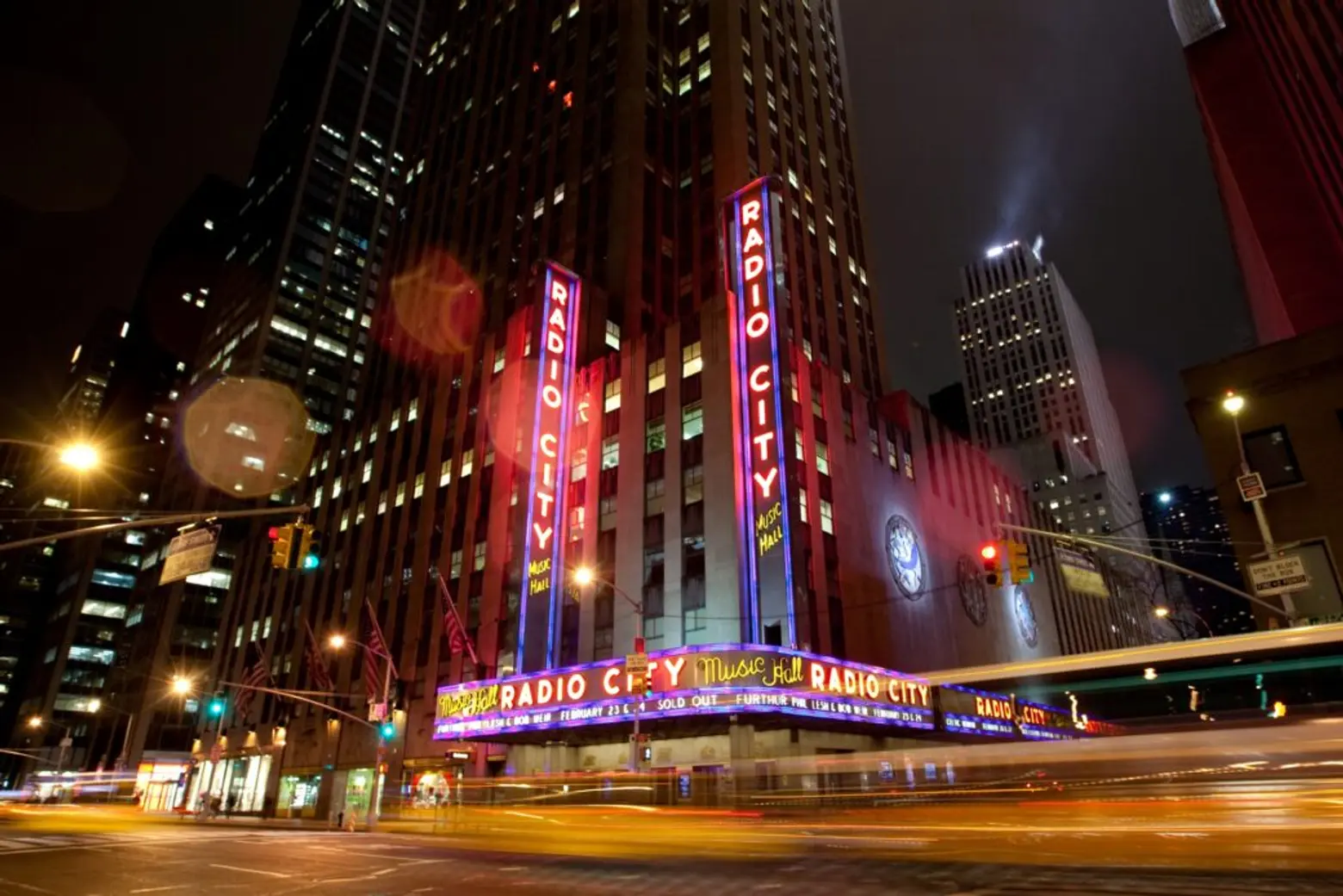
Radio City Music Hall
1260 6th Avenue, Midtown, Manhattan
Since opening its doors in 1932, Radio City Music Hall has served as one of NYC’s most iconic and grand entertainment venues. Designed by Edward Durell Stone & Donald Deskey, the venue is renowned for its stunning Art Deco design and rich history. Created as part of the construction of the Rockefeller Center complex, the 5,960-seat venue was the largest indoor entertainment center in the world when it first opened.
Radio City quickly established its reputation as a premier entertainment venue; it has hosted the Rockettes and the annual Radio City Music Hall Christmas Spectacular since 1933. This holiday celebration has become synonymous with the five boroughs and remains a staple in the venue’s programming.
In addition to its live shows, Radio City has played a prominent role in the film industry, hosting the Academy Awards from 1932 to 1960 and serving as the site for numerous film premieres and special screenings.
Over the years, Radio City Music Hall has faced several challenges, including financial difficulties due to competition from other entertainment venues. In the 1970s, a decline in attendance pushed the venue close to bankruptcy. Fortunately, Radio City was designated as a city landmark in 1978, and an extensive renovation project in 1999 helped restore it to its former glory.
Learn more about upcoming events at Radio City Music Hall here.
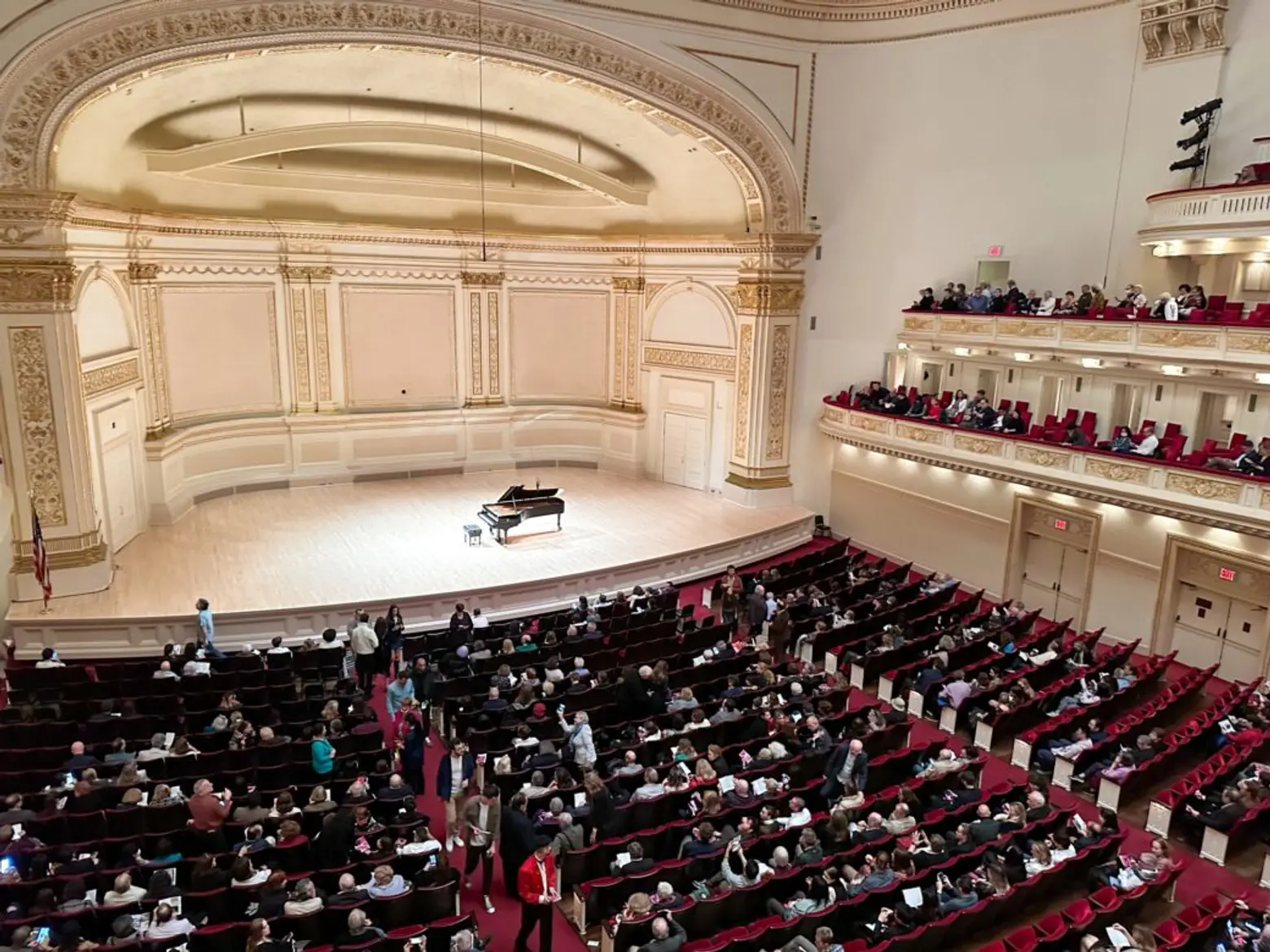
Carnegie Hall
881 7th Avenue, Midtown, Manhattan
Since it first opened in 1891, Carnegie Hall has garnered a reputation as one of the world’s most prestigious venues for live music. The famed concert hall was built by philanthropist Andrew Carnegie and designed by architect and professional cellist William Burnet Tuthill in a modified Italian Renaissance Style, characterized by its distinct reddish brown brick facade, according to the venue’s website.
Above all, Carnegie Hall is known for being a hallmark of live classical music in NYC and around the world. However, it has also been the venue for other genres, including jazz, rock, and pop music. The hall has seen performances by many legendary musicians, from famed composer Pyotr Ilyich Tchaikovsky who appeared at his first American event at the venue’s opening day on May 5, 1891, to the Beatles in February of 1964 during their first American tour.
Carnegie Hall has undergone a few renovations over the years, including in the 1940s and 1980s. The building was nearly demolished in 1960 but was saved thanks to the efforts of famous violinist Isaac Stern and other influential figures. Soon after, the venue was purchased by the city of New York and designated a historic landmark.
To this day, Carnegie Hall hosts a range of live performances, welcoming ensembles and orchestras from all corners of the world to grace its legendary stage. You can learn more about upcoming performances at Carnegie Hall here.
RELATED:
Explore NYC Virtually
Leave a reply
Your email address will not be published.


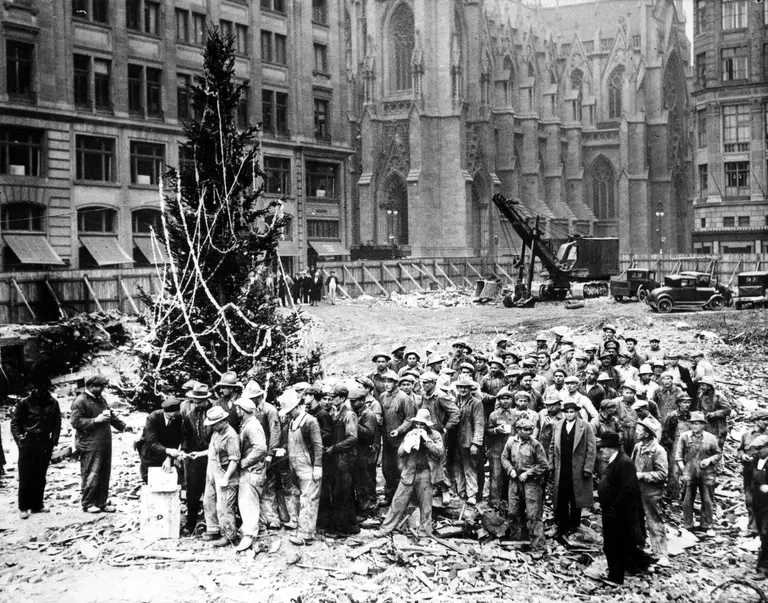









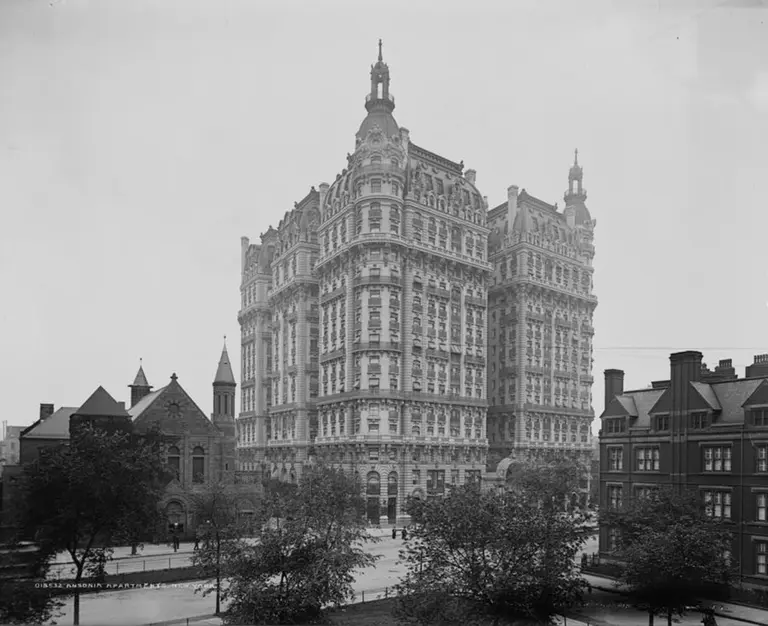



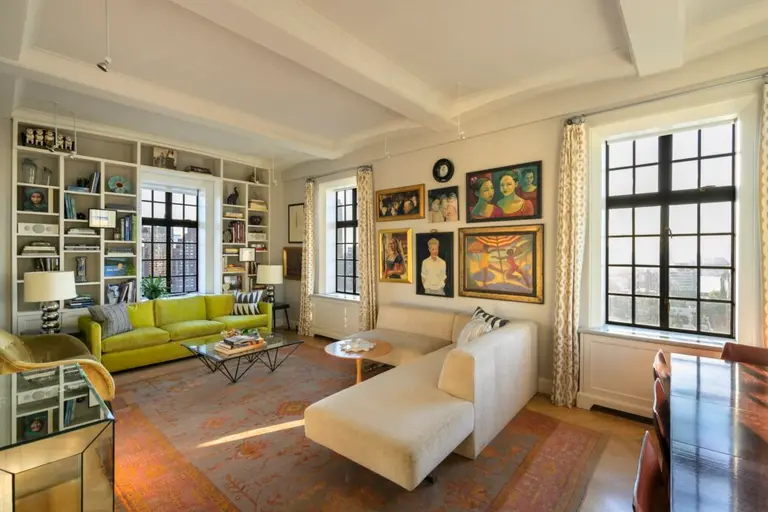












Thank you for the suggestions but…. how about small, intimate clubs in and around the Village…. Like the now shuttered 55Bar? Boy I miss that place!!